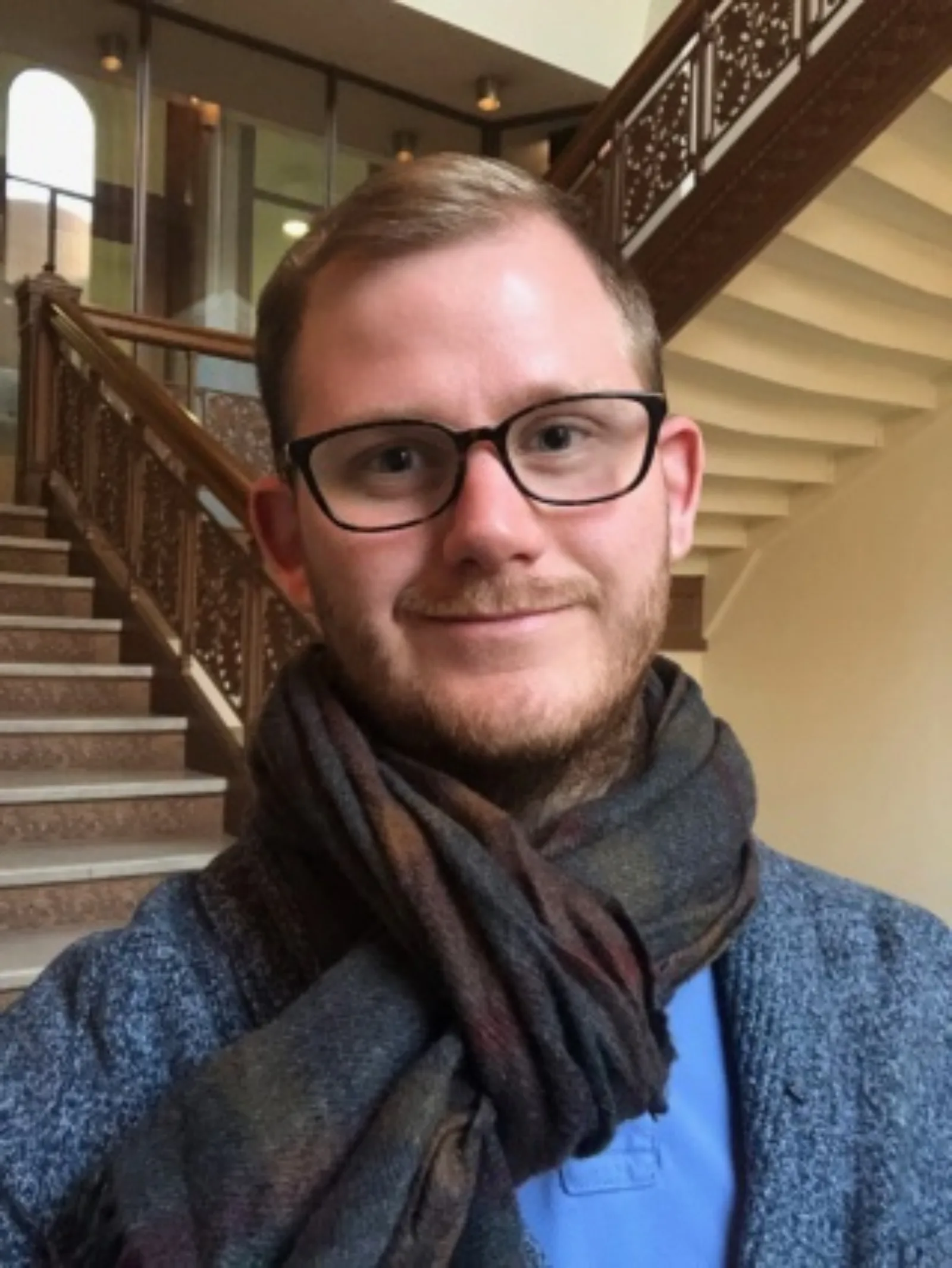Thanks to the Newberry Library, and the Centre for the Study of the Renaissance and the Humanities Research Centre at the University of Warwick, I was able to spend two weeks at the Newberry as a Visiting Scholar. My project, “The Memory of Elizabeth I in the Seventeenth Century,” brought together several things I’m working on: mainly my PhD thesis and my book project, but also a conference paper on Elizabeth I and Anti-Popery and a future book project on Elizabeth I and the Exclusion Crisis. To say my time at the Newberry was productive would be a massive understatement: thanks to the wonderfully friendly and knowledgeable staff, I was able to really get stuck into my work, and to immerse myself in my sources.
In addition to some much-needed writing time, one of the greatest parts of my visit to the Newberry was physically handling books I’d only consulted via EEBO, or in the British Library. Many of the books I called up were inscribed with a date, which provides a much clearer idea of when a text was published. It was particularly helpful, for instance, to discover that Merlin Reviv’d: or, An old prophecy found in a manuscript in Pontefract Castle in Yorkshire (Vault Case 6A 158 no. 111) was inscribed 14 March 1680/1, meaning that it was written before the Oxford Parliament (which sat between 21 and 28 March 1681) debated the Exclusion Bill, rather than written in response to the failure of the Bill and Charles’s dissolving of the Parliament.
Similarly, an example of how much insight can be gained from physically handling a book compared with a microfilm scan is the Newberry’s version of Thomas Violet’s Proposals (Case H 8145.944; Wing V585). I audibly gasped when I opened the book and saw how gorgeous the frontispiece actually is, especially given this black and white scan is all I had seen of it. I was also delighted to find a copy of James VI & I’s Daemonologie (1603) had been inscribed by its owner, a ‘J S Harris’ in 1777, with “This book I keep, as Princes formerly kept Fools, that they might have something to laugh at” (Case B 88.444). There’s nothing quite like discovering an unexpected gem like this to give you a boost after a long day of research.
Thanks to my time at the Newberry, the conference paper I delivered at the “Representations of Popery in British History” workshop contained insights that were only possible thanks to the collections at the Newberry, and I have a solid plan for the next book project.
It would be remiss of me to not offer a special thanks to Lia Markey, Christopher Fletcher, Claire Ptaschinski, and Keelin Burke for making my trip such an enjoyable experience. Thanks also to Suzanne Karr Schmidt for giving me a tour of the Newberry’s Vault. I can’t wait to come back!
Aidan Norrie
Centre for the Study of the Renaissance
University of Warwick
